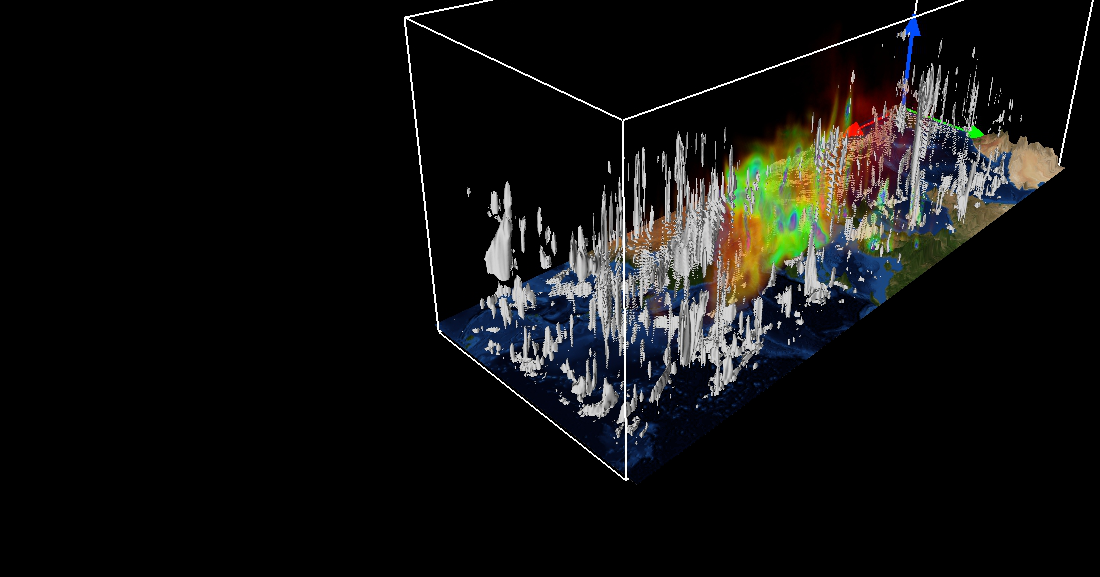
Chien Wang is a senior research scientist in the Department of Earth, Atmospheric and Planetary Sciences at MIT associated with MIT’s Center for Global Change Science and the Joint Program in the Science and Policy of Global Change. Wang and his group develop and use complex computer models housed at the Massachusetts Green High Performance Computing Center to explore how atmospheric aerosols impact climate.
Video by Helen Hill for MGHPCC
Watch this video on youtube
The Earth’s climate, currently the subject of so much debate, results from a highly complex balance of physical and chemical processes. While the role of carbon dioxide and other greenhouse gases in global warming is, by now, widely appreciated, the role of atmospheric aerosols and the clouds that form on them remains an area of active research.
Atmospheric aerosols - tiny, airborne solid and liquid particles - are present throughout the atmosphere. Besides being responsible for haziness, and reduced visibility they also provide the centers around which clouds form.
About 90% by mass* come from natural sources: Salt lifted from the ocean, dust from deserts and other arid regions, smoke from forest fires, and ash from erupting volcanoes, all contribute to a rich mix of chemicals in the sky.
The remaining 10%, considered to be the result of human activity, include combustion products from e.g. automobile exhaust, incineration, smelting, and power generation based on burning fossil fuels.
About Chien Wang